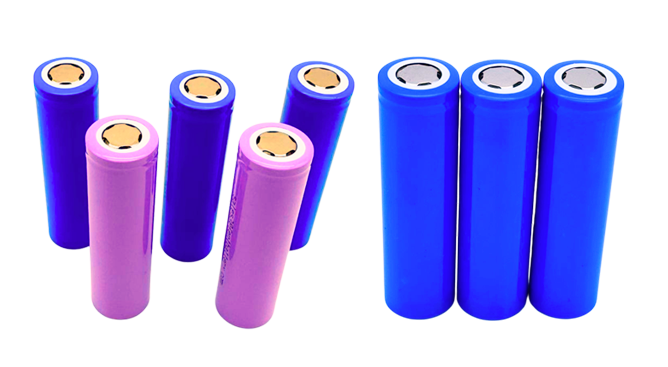What are the common safety standards for 18650 batteries?
Lithium ion batteries (LIBs) are complex electrochemical and mechanical systems that are the subject of dozens of international safety standards. In this FAQ, we will discuss the key environmental aspects of LIB safety, review common safety standards for lithium-ion batteries, and consider using customized battery testing rooms to ensure the safety of testers.
Many safety issues with LIBs are due to the sensitivity of these devices to voltage and temperature. Figure 1 shows the behavior of Li (Ni0.5Co0.2Mn0.3) O2 (NCM) battery. In this example, the battery is specified to operate within a temperature range of -30 to 55 ° C.
At temperatures above 55 ° C (up to approximately 80 ° C), the battery exhibits better rate capability due to faster electrochemical reactions and rapid ion migration of electrolytes and electrodes. In this case, the side reactions become severe, leading to rapid capacity decay. At temperatures above 80 ° C, the battery begins to be damaged, and any temperature above 130 ° C can cause the components of the battery to melt and potentially trigger a fire.
Low temperature can lead to poor battery performance and may cause damage, but it usually does not pose a safety hazard. However, overcharging (excessive voltage) can lead to cathode decomposition and electrolyte oxidation, which is a safety issue. Overdischarge (low voltage) can cause the solid electrolyte interface (SEI) on the anode to decompose and may lead to copper foil oxidation, further damaging the battery.
In addition to operational and environmental issues related to voltage and temperature, mechanical damage may also lead to safety issues with LIBs. Given these concerns, LIB's security standards are equally broad.
The five common safety standards for lithium-ion batteries are:
1 IEC62133
2 UN/DOT38.3
3 IEC62619
4 UL1642
5 UL2580
IEC62133 is a safety testing standard for lithium-ion batteries and batteries, which tests the safety requirements for secondary batteries and batteries containing alkaline or non acidic electrolytes. It is used to test LIB used in portable electronic products and other applications. IEC 62133 addresses chemical and electrical hazards, as well as mechanical issues such as vibration and shock, that may pose a threat to consumers and the environment.
UN/DOT38.3 (also known as T1-T8 testing and UN ST/SG/AC10/11/Rev. 5) covers transportation safety testing for all LIBs, lithium metal batteries, and batteries. The testing standards include eight tests (T1-T8), all of which focus on specific transportation hazards. UN/DOT 38.3 is a self certification standard that does not require independent third-party testing, but the use of third-party testing laboratories is common to reduce the risk of litigation in the event of accidents.

Several common packaging and safety transportation standards for lithium batteries (Table 1), such as:
1. UN3090 lithium metal battery, transported as a component
2 UN3480,LIB, As a component transportation
3 UN3091, Lithium metal batteries transported in equipment or packaged together with equipment
4. UN3481, LIB is transported within the equipment or packaged together with the equipment.
